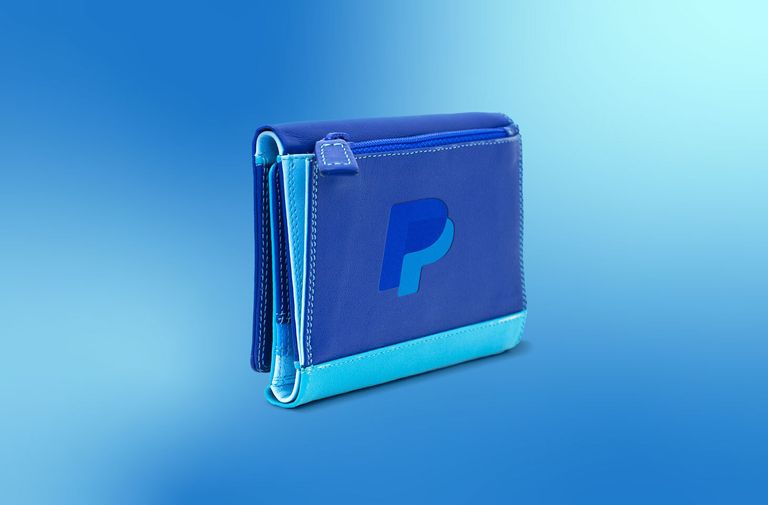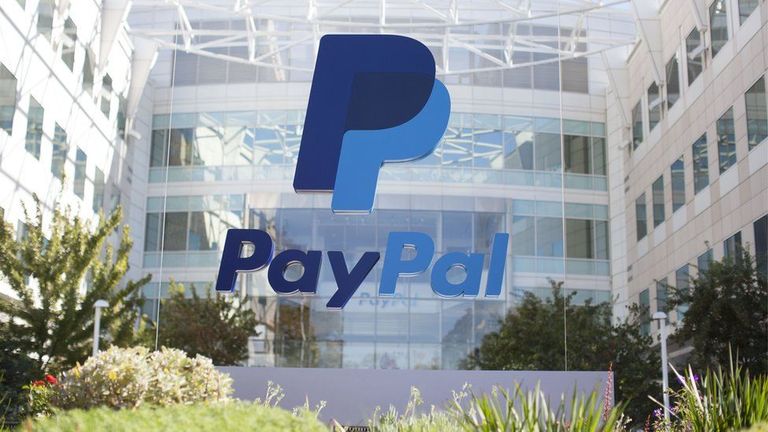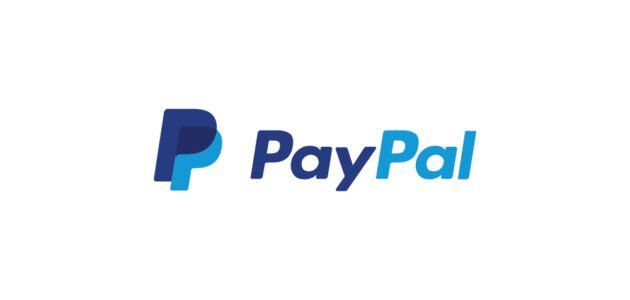Paypal and cryptocurrency
For years, digital currency has been hailed as a technology that will replace centralized payment services because it can make transactions cheaper and cut through the financial medium.
But more and more, these legacy services are looking to incorporate cryptography into their toolkits.
Today, PayPal confirmed that it is working on its stablecoin after a developer discovered language about “PayPal Coin” inside its iPhone app. Bloomberg was the first to report the news.
PayPal told Bloomberg that the code is part of the hackathon and will not necessarily be representative of the final version.
“We are exploring a stablecoin,” Jose Fernandez da Ponte, senior vice president of crypto and cryptocurrency, told Bloomberg. "If and when we seek to move forward, we will of course work closely with the relevant regulators."
What are stablecoins?
Stable coins are digital currencies that maintain a stable value by backing them up with another asset. Tether (USDT) and USDC, the two largest stablecoins by market cap, are designed to always be worth $1. They are useful for navigating blockchain-based platforms that eschew traditional currencies for regulatory or other reasons; They maintain their value so that people can transfer their investment portfolios.
For a major company, PayPal has already waded deep into the waters of cryptocurrency. In late 2020, it began enabling users to buy, hold, and sell digital assets like Bitcoin and Ethereum and then expanded that to its subsidiary Venmo, creating a “crypto checkout” feature to pay merchants.
As part of its crypto strategy, it has partnered with Paxos, a fintech startup that issues the Pax Dollar (USDP) stablecoin. The market capitalization of USDP is just over $1.05 billion, up from about $500,000 last year, according to CoinGecko. By contrast, USDT has a market capitalization of $79.2 billion, up from $23.5 billion a year ago.


